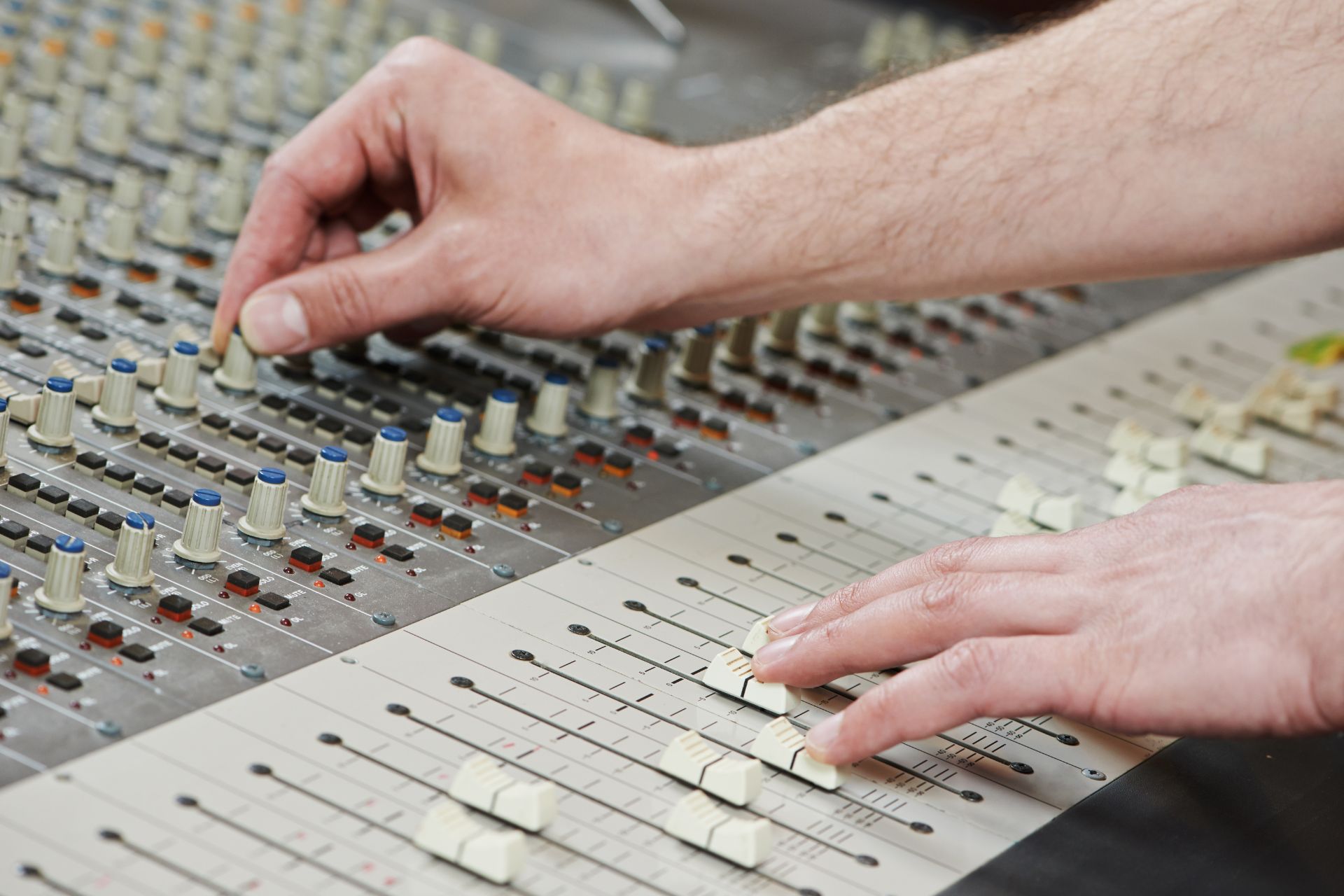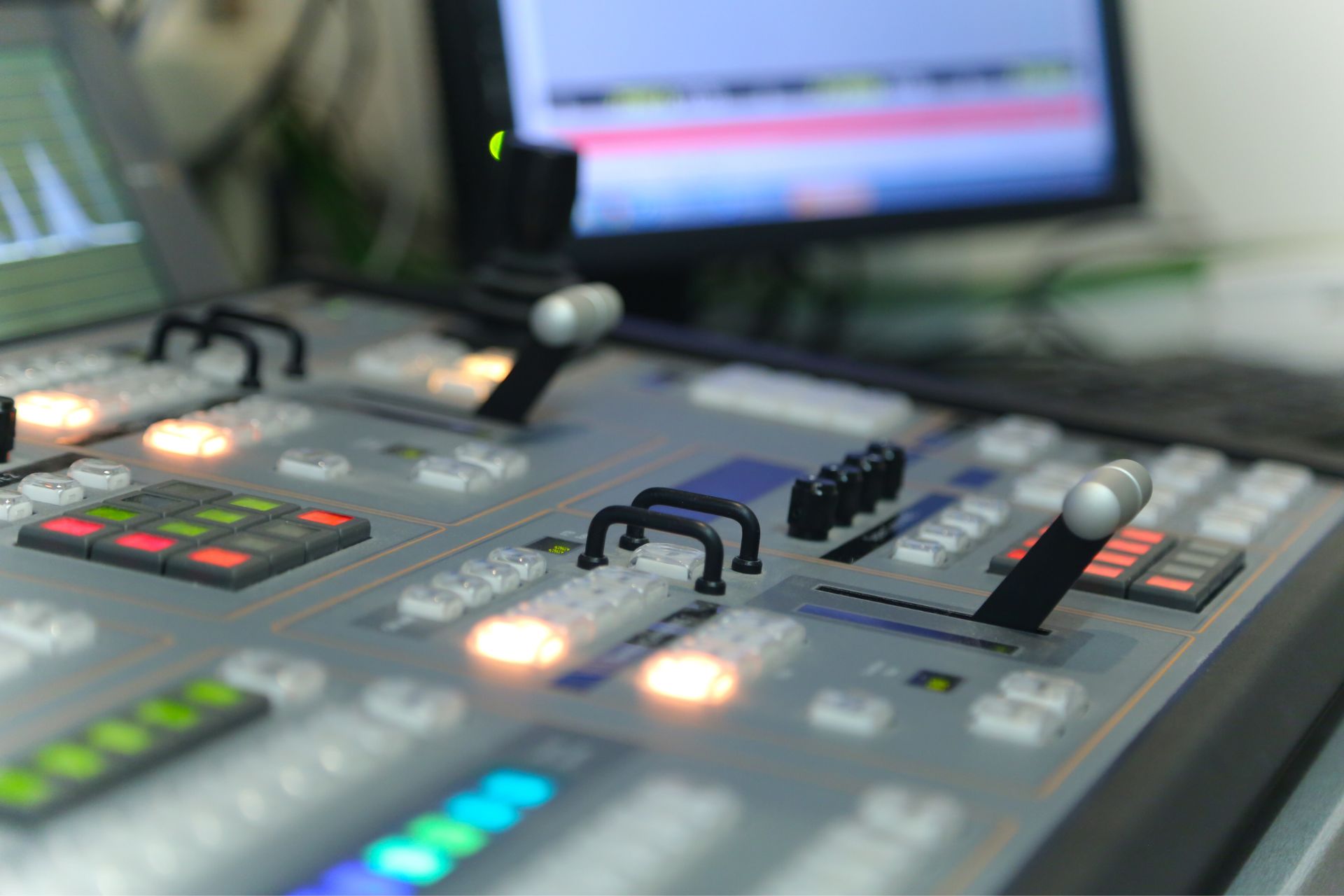Frequently Asked Questions
To minimize network jitter and ensure synchronized audio playback across distributed zones, it is essential to implement Quality of Service (QoS) protocols that prioritize audio packets over less time-sensitive data, thereby reducing latency and packet loss. Utilizing jitter buffers can help smooth out variations in packet arrival times, ensuring a more consistent audio stream. Employing network time protocol (NTP) or precision time protocol (PTP) can synchronize clocks across devices, maintaining temporal alignment. Additionally, deploying multicast streaming can efficiently distribute audio data to multiple endpoints simultaneously, reducing network congestion. Implementing robust error correction algorithms can further enhance audio quality by compensating for any lost or corrupted packets. Network administrators should also consider using dedicated audio-over-IP solutions that are optimized for low-latency performance, such as Dante or AVB, which provide deterministic network behavior and precise timing synchronization. Regularly monitoring network performance and conducting bandwidth assessments can help identify and mitigate potential bottlenecks, ensuring a seamless audio experience across all zones.
In configuring buffer sizes to manage latency in multi-zone audio systems, it is crucial to balance between latency and audio quality. Optimal buffer size configuration involves considering the network bandwidth, audio codec, and processing power of the audio distribution system. Smaller buffer sizes can reduce latency, which is essential for real-time audio synchronization across zones, but may increase the risk of audio dropouts if the network is unstable. Conversely, larger buffer sizes can enhance audio stability and quality by accommodating network jitter and packet loss, but they may introduce noticeable latency, affecting lip-sync and user experience. Implementing adaptive buffering techniques, which dynamically adjust buffer sizes based on real-time network conditions, can optimize performance. Additionally, using low-latency audio protocols such as Dante or AVB, and ensuring that all devices in the audio chain support these protocols, can further minimize latency issues. Properly configuring Quality of Service (QoS) settings on network equipment to prioritize audio traffic can also help maintain consistent audio delivery across multiple zones.
The choice of audio codec significantly impacts latency in distributed audio environments due to factors such as compression algorithms, bit rate, and processing requirements. Codecs like AAC, Opus, and MP3 each have distinct encoding and decoding processes that influence the time it takes to compress and decompress audio data. Low-latency codecs, such as Opus, are optimized for real-time communication and offer reduced buffering and processing delays, making them ideal for applications like VoIP and live streaming. Conversely, high-compression codecs may introduce additional latency due to complex algorithms that require more computational power and time to process. Network conditions, packet loss, and jitter also interact with codec performance, affecting overall latency. Therefore, selecting an appropriate codec involves balancing audio quality, bandwidth efficiency, and latency requirements to ensure seamless audio transmission in distributed systems.
Clock synchronization is crucial in reducing latency across distributed audio zones by ensuring that audio signals are transmitted and received in perfect temporal alignment. In a multi-zone audio system, precise clock synchronization minimizes jitter and phase discrepancies, which can lead to audible artifacts such as echoes or delays. By employing protocols like Network Time Protocol (NTP) or Precision Time Protocol (PTP), systems can achieve nanosecond-level accuracy, allowing for seamless audio streaming and playback. This synchronization is vital for maintaining audio coherence and spatial accuracy, especially in environments where multiple speakers are used to create immersive soundscapes. Without proper clock synchronization, audio signals can become desynchronized, leading to a degradation in sound quality and an inconsistent listening experience. Additionally, synchronized clocks facilitate efficient data packet transmission over networks, reducing buffering and ensuring that audio data arrives in a timely manner, thus enhancing the overall performance of distributed audio systems.
Latency in a distributed audio system can be effectively measured and monitored by utilizing network time protocol (NTP) synchronization, packet sniffing tools, and real-time audio analysis software. By employing NTP, devices within the network can maintain precise time alignment, which is crucial for accurate latency measurement. Packet sniffing tools, such as Wireshark, can capture and analyze data packets to identify delays and jitter in audio streams. Real-time audio analysis software, like Dante Controller or Ravenna, provides insights into audio signal path latency, buffer sizes, and network congestion. Additionally, implementing quality of service (QoS) settings on network switches can prioritize audio traffic, reducing latency and ensuring consistent audio performance. Monitoring tools can generate latency reports and alerts, allowing system administrators to proactively address issues such as packet loss, bandwidth limitations, and synchronization errors, thereby optimizing the overall audio distribution network.

